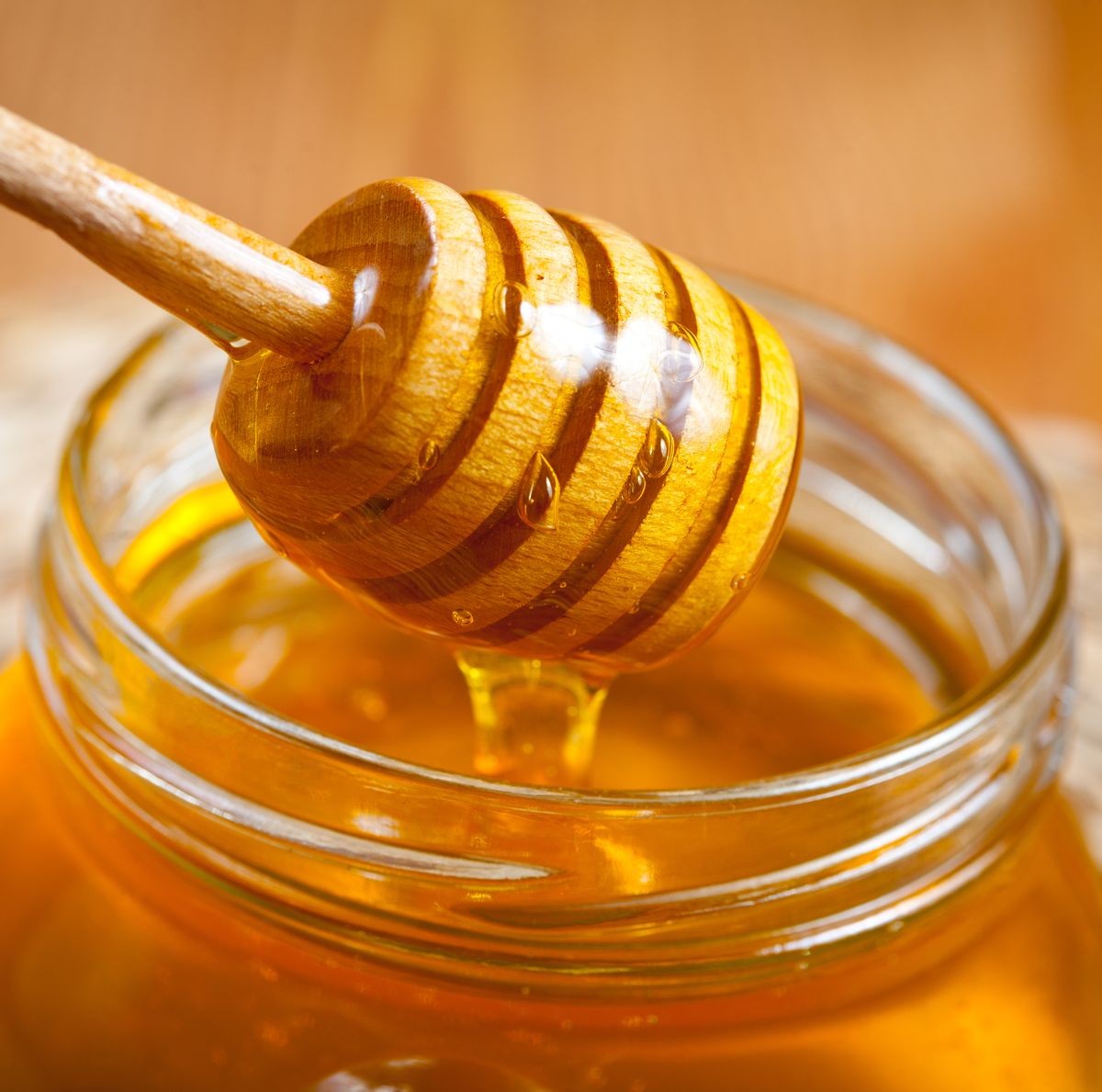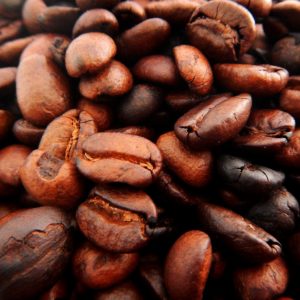Description
Manuka Honey
The honey comes from the manuka tree, which only grows in certain regions of New Zealand and Australia. A cousin of the tea tree, from which the antibacterial essential oil of the same name is extracted, manuka guarantees an exceptional honey, at a high price, but with enticing promises.
According to the producers, no comparison is possible: manuka honey is far superior to the others. According to them, it fights bacterial infections, including resistant ones, and heals wounds better, even ulcerated ones. It also acts on the intestinal flora, increasing the assimilation of nutrients and rebalancing the microbiota. Result: soothed digestive disorders and a strengthened immune system!
The composition of manuka honey is unique: “What makes it so special is the UMF, or Unique Manuka Factor, explains Carole Minker, doctor of pharmacy and pharmacognosy. This number, indicated on the label, represents its antibacterial power. The higher it is, the more active the honey is deemed to be. » It was New Zealand researcher Peter Molan who highlighted the presence of this original substance, but it took until 2008 to learn that the molecule hiding behind UMF was methylglyoxal. All honeys contain this antibacterial substance, explains Dr. Becker, president of the French-speaking Association of Apitherapy. The particularity of manuka honey is to contain much more thanks to its botanical origin.
Manuka honey is a powerful antibacterial. This exceptional concentration of methylglyoxal gives it powerful antimicrobial activity. This honey is effective against all the common bacteria involved in sinusitis, angina or bronchitis, and particularly helps to relieve these ENT disorders. Some scientific work shows that it acts faster overall and at a lower dose than other honeys. Scientists from the University of Waikato, New Zealand, have also observed that it is able to prevent the development of antibiotic-resistant Staphylococcus aureus. Other encouraging results followed with different bacteria, including one responsible for nosocomial infections, as well as streptococci and enterococci against which current antibiotics are ineffective.












